Capacity in First Grade Math
In first grade math, students learn about capacity, which refers to the amount of liquid a container can hold. Students learn to compare and measure the capacity of different containers using non-standard units such as cups, pints, quarts, and gallons.
Key Concepts
Students are introduced to the following key concepts related to capacity:
- Comparing Capacity: Students learn to compare the capacity of different containers, understanding that some containers can hold more liquid than others.
- Measuring Capacity: Students practice measuring the capacity of containers using non-standard units, such as filling one container with water and pouring it into another to see how many times it needs to be filled.
- Understanding Units: Students become familiar with non-standard units of capacity, such as cups, pints, quarts, and gallons, and learn to recognize and name these units.
Activities
To help students understand capacity, teachers may use various hands-on activities, including:
- Comparing Containers: Students compare the capacity of different containers by pouring water from one to another and observing which container can hold more or less.
- Measuring with Cups: Students practice measuring and pouring water using cups of different sizes, learning about the concept of full, half full, and empty.
- Estimating Capacity: Students make estimations about how many cups of water it will take to fill a larger container, and then test their estimations by actually measuring.
Assessment
Teachers may assess students' understanding of capacity through various methods, including:
- Observation: Teachers observe students as they engage in hands-on activities involving capacity, noting their ability to compare, measure, and understand units of capacity.
- Verbal Responses: Teachers ask students questions about the capacity of different containers, prompting them to use appropriate vocabulary and explain their reasoning.
- Written Work: Students may complete worksheets or activities that involve comparing and measuring capacity, demonstrating their understanding through written responses.
By the end of first grade, students are expected to have a basic understanding of capacity, including the ability to compare, measure, and use non-standard units to describe the amount of liquid a container can hold.
.◂Math Worksheets and Study Guides First Grade. Attributes
Study Guide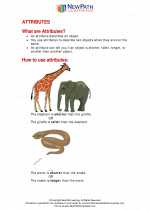 Attributes
Attributes  Worksheet/Answer key
Worksheet/Answer key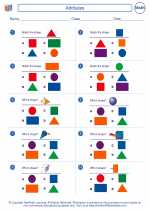 Attributes
Attributes  Worksheet/Answer key
Worksheet/Answer key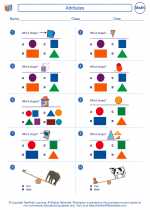 Attributes
Attributes  Worksheet/Answer key
Worksheet/Answer key Attributes
Attributes  Worksheet/Answer key
Worksheet/Answer key Plane Shapes
Plane Shapes  Worksheet/Answer key
Worksheet/Answer key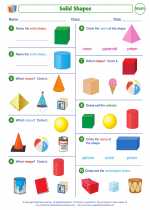 Solid Shapes
Solid Shapes  Worksheet/Answer key
Worksheet/Answer key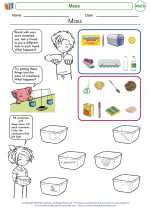 Mass
Mass  Worksheet/Answer key
Worksheet/Answer key Area
Area  Worksheet/Answer key
Worksheet/Answer key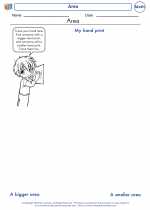 Area
Area  Worksheet/Answer key
Worksheet/Answer key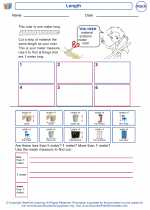 Length
Length  Worksheet/Answer key
Worksheet/Answer key Mass
Mass  Worksheet/Answer key
Worksheet/Answer key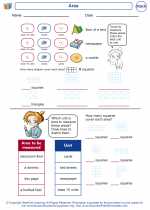 Area
Area  Worksheet/Answer key
Worksheet/Answer key Length
Length  Worksheet/Answer key
Worksheet/Answer key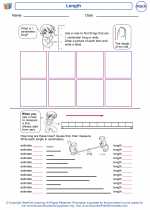 Length
Length  Worksheet/Answer key
Worksheet/Answer key Length
Length  Worksheet/Answer key
Worksheet/Answer key Area
Area  Worksheet/Answer key
Worksheet/Answer key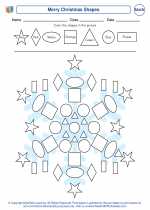 Merry Christmas Shapes
Merry Christmas Shapes  Worksheet/Answer key
Worksheet/Answer key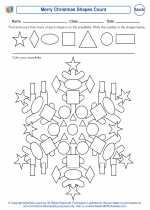 Merry Christmas Shapes Count
Merry Christmas Shapes Count  Worksheet/Answer key
Worksheet/Answer key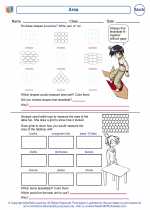 Area
Area  Worksheet/Answer key
Worksheet/Answer key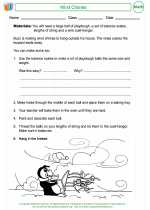 Wind Chimes
Wind Chimes  Vocabulary/Answer key
Vocabulary/Answer key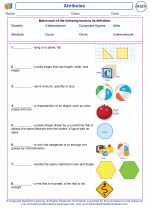 Attributes
Attributes  Vocabulary/Answer key
Vocabulary/Answer key Attributes
Attributes  Vocabulary/Answer key
Vocabulary/Answer key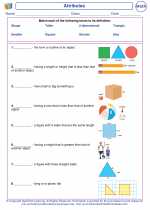 Attributes
Attributes 

 Worksheet/Answer key
Worksheet/Answer key
 Worksheet/Answer key
Worksheet/Answer key
 Worksheet/Answer key
Worksheet/Answer key
 Worksheet/Answer key
Worksheet/Answer key
 Worksheet/Answer key
Worksheet/Answer key
 Worksheet/Answer key
Worksheet/Answer key
 Worksheet/Answer key
Worksheet/Answer key
 Worksheet/Answer key
Worksheet/Answer key
 Worksheet/Answer key
Worksheet/Answer key
 Worksheet/Answer key
Worksheet/Answer key
 Worksheet/Answer key
Worksheet/Answer key
 Worksheet/Answer key
Worksheet/Answer key
 Worksheet/Answer key
Worksheet/Answer key
 Worksheet/Answer key
Worksheet/Answer key
 Worksheet/Answer key
Worksheet/Answer key
 Worksheet/Answer key
Worksheet/Answer key
 Worksheet/Answer key
Worksheet/Answer key
 Worksheet/Answer key
Worksheet/Answer key
 Worksheet/Answer key
Worksheet/Answer key
 Vocabulary/Answer key
Vocabulary/Answer key
 Vocabulary/Answer key
Vocabulary/Answer key
 Vocabulary/Answer key
Vocabulary/Answer key

The resources above cover the following skills:
Algebra (NCTM)
Understand patterns, relations, and functions.
Sort, classify, and order objects by size, number, and other properties.
Measurement (NCTM)
Understand measurable attributes of objects and the units, systems, and processes of measurement.
Compare and order objects according to these attributes.